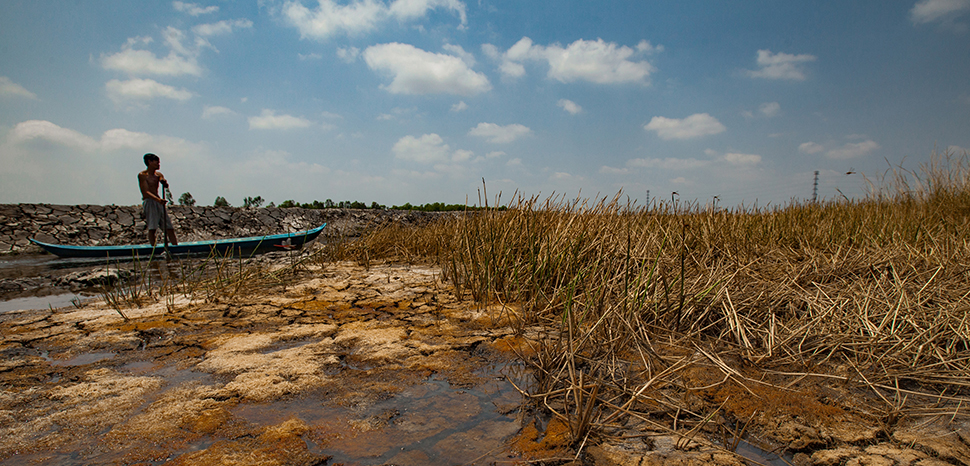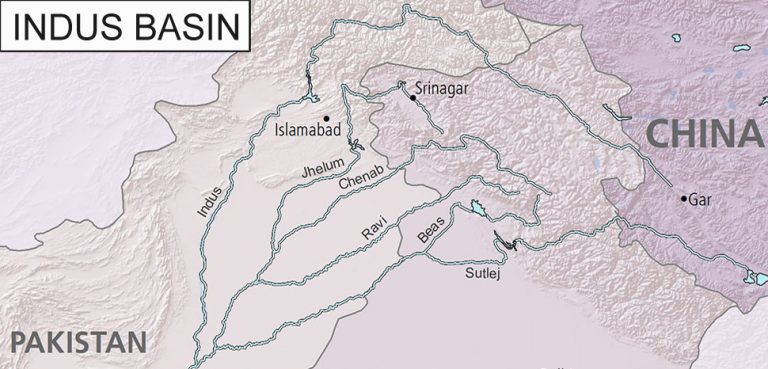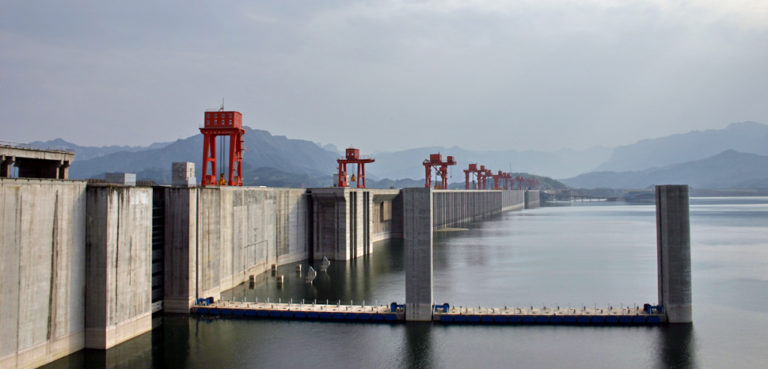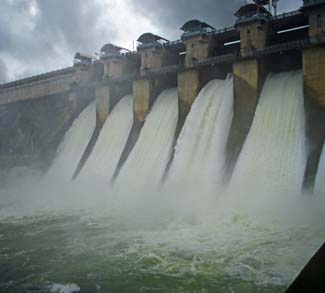In Cambodia, all roads, bridges, and now canals lead to China. Despite a common border, these two nations have successfully cultivated a shared cultural and economic history dating back to the 13th century. China with its widening sphere of influence, has emerged as Cambodia’s primary supporter, providing funding for extensive rail lines, bridges, a port, and the forthcoming $1.7 billion historic canal project known as the “Funan Techo” or waterway designed to stretch from the Mekong River to the sea.
Recently, several of my Khmer friends have reminded me of a well-known saying: “Where there is water, there are fish. Where there is land, there are Chinese.” This historical connection between Cambodia and China has gained renewed significance, especially in light of the upcoming project to develop a waterway along the remnants of an ancient water passage.
This initiative is poised to improve water transportation and logistics in Cambodia, leading to a reduction in transportation costs and helping to bridge connections with the international community, bypassing the need to go through Vietnam. However, many voices across the border in Vietnam’s lower delta are already expressing concerns that this waterway may impact the flow of water downstream into the already environmentally challenged Mekong Delta.
The ambitious canal plan will take four years to construct, traversing 160 kilometers at a width of 80-100 meters. It starts from the Mekong River, connecting the Bassac River, and spilling out into the Gulf Of Thailand.
In 2021 China’s state-owned company, China Communication Construction conducted its own feasibility study; and as a result, Mekong experts are expressing concerns. “This artificial canal project could be the final nail in the (Mekong Delta) coffin,” claims Brian Eyler, Southeast Asia Program Director at the Stimson Center.
Across generations, indigenous farmers in the Mekong Delta have depended entirely on the river’s abundant fish resources and rice crops for their livelihoods. The lifeblood of their existence is intricately tied to the river’s constant flow. However, more water experts caution that the elaborate network of the Mekong river system—encompassing its captivating tributaries and canals—is facing a serious threat. The natural rhythm of the water is being disrupted due to the adverse impacts of water flow issues stemming from upstream hydropower dams in China.
Eyler, along with hydrologists, worry that the canal project could cause even more harm to the downstream communities, particularly the Vietnamese farmers on the lower delta who are already dealing with serious challenges related to climate change. The issues is that the canal will require over 80 million cubic meters of water for trade, which will deplete the levels of the Mekong and Bassac rivers.
On April 27, 2020, in an online symposium hosted by the Mekong Environment Forum, a domestic non-government organization (NGO), located in Can Tho, Vietnam, researcher Philip Minderhoud and Sepher Eslami Arab of Utrecht University, who are part of the Rise and and Fall Project, shared the results of their six-year investigation. Their research on the Mekong Delta verified that less than five percent of saltwater incursion is caused by climate change. Rather, the growth of hydropower is primarily to blame. The two researchers claim that the upstream dams are to blame for the over 90 percent reduction in the Delta’s supply of river sediment.
Their research, along with others’, illustrates the impact of alterations in upstream hydro-infrastructure on various aspects such as fish production, biodiversity, bed and bank stability, sediment and nutrient transport, and the biology of basin flow regimes. The depletion of sediment flow to riverbeds and banks is occurring more rapidly than climatic changes.
Current evidence indicates that upstream dams are inflicting irreparable damage on the delta, disrupting fragile ecosystems and jeopardizing the livelihoods of farmers who cultivate along the river. Since 2010, the Mekong Delta has experienced recurring and record-breaking droughts every four years.
Notably, Vietnam and Cambodia have a long history together along the Mekong River, and the growing problem of water shortage in the area now defines much of the their relationship. This challenge is exacerbated by factors such as population growth, urbanization, industrialization, energy demand, and the impacts of climate change. As the economic and strategic value of water rises, so does the competition for access to the increasingly scarce resource.
The Mekong River Commission (MRC), an intergovernmental organization, has been established by four out of five of the six countries that share the Mekong River, namely, Cambodia, Laos, Myanmar, and Vietnam.
Its mission is to oversee the sustainable and equitable management of this transboundary water resource. According to Cheang Vannarith, Executive Director of the Cambodian Institute for Cooperation and Peace (CICP), “National sovereignty remains a challenge for this intergovernmental organization to agree on any binding policy or principle to guide the management of the river.”
The Xayaburi dam and other Chinese massive dams that have been built on the upper reaches of the Mekong, have had a direct impact on food security in Vietnam’s Mekong Delta, where 18 million people live. Vietnam is the world’s second largest rice exporter and the Mekong Delta –already one of the areas most vulnerable to sea-level rise produces half of its rice crop.
So any new upstream project, whether it’s another dam or canal that drains water from the Mekong River, requires independent studies. It’s already acknowledged by many hydrologists that the Mekong River Commission has repeatedly failed in its mission to halt the downstream damage inflicted on the alluvium, agricultural, and fishery products. The sediment that has flowed from the Yunnan province in China to Vietnam for thousands of years has been severely depleted due to the number of hydropower dams built on the Chinese stretch of the river, as well as large-scale sand mining from the riverbed.
Despite Prime Minister Hun Manet’s recent efforts to alleviate Vietnam’s concerns during his visit to Hanoi, assuring that the canal will not harm the shared Mekong River crucial for food security in the Mekong region, Vietnam’s skepticism persists about Chinese funded Belt and Road Initiative flagship projects.
This planned transboundary water project offers an opportunity for Cambodia and Vietnam to involve their scientists and engineers in a thorough examination of the proposed canal plan. Temporarily setting aside China’s “run of the river” approach could pave the way for embracing the UN Convention on the Law of the Non-navigational Uses of the International Watercourses. Both countries stand to gain significant advantages in safeguarding Cambodia’s Tonle Sap and Vietnam’s Mekong Delta through collaborative efforts.
The proposed construction of this waterway involves tracing the path of an ancient water passage, serving not only as a means of connectivity but also as a symbolic bridge between two neighboring countries that share the river of life.
James Borton is a Non-Resident Senior Fellow at Johns Hopkins/SAIS Foreign Policy Institute and the author of Dispatches from the South China Sea: Navigating to Common Ground.
The views expressed in this article belong to the authors alone and do not necessarily reflect those of Geopoliticalmonitor.com.




